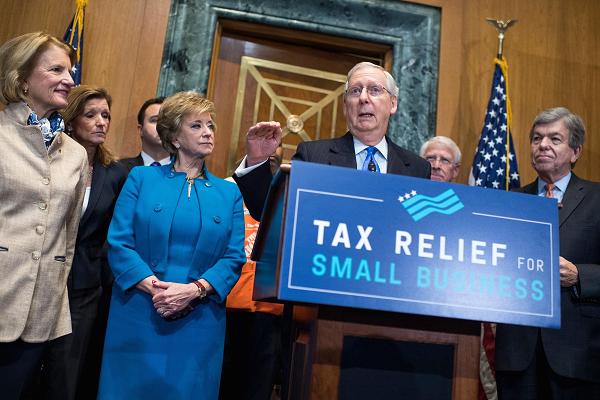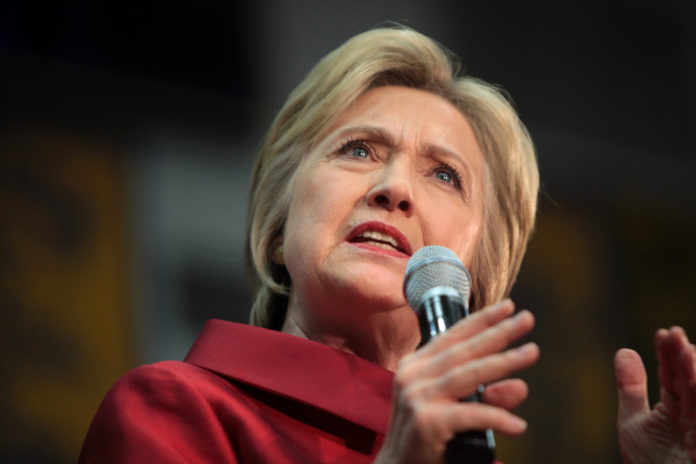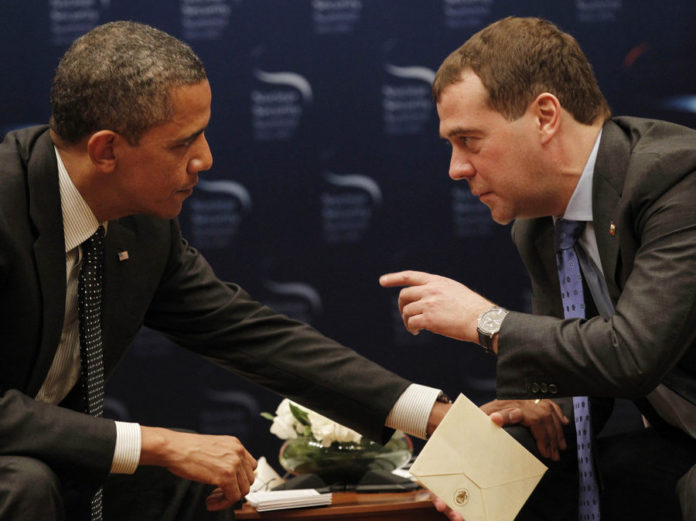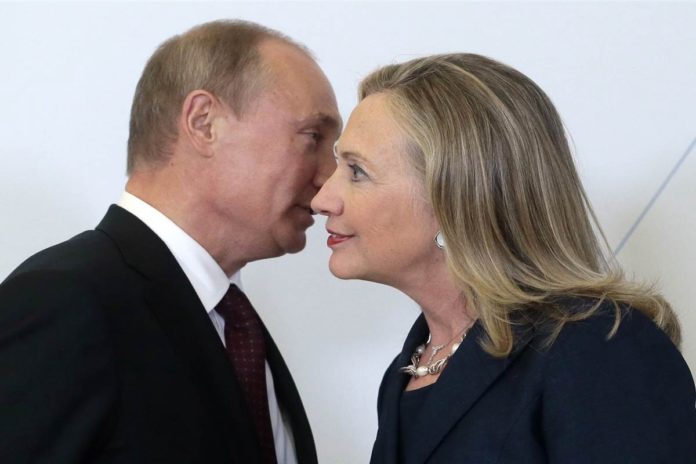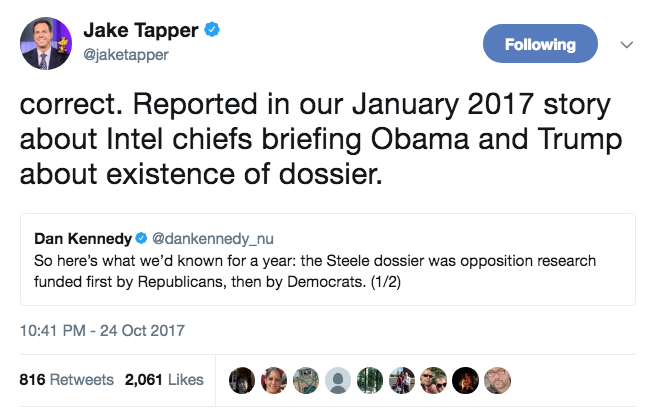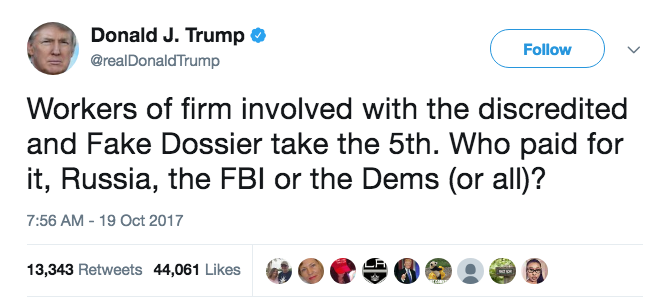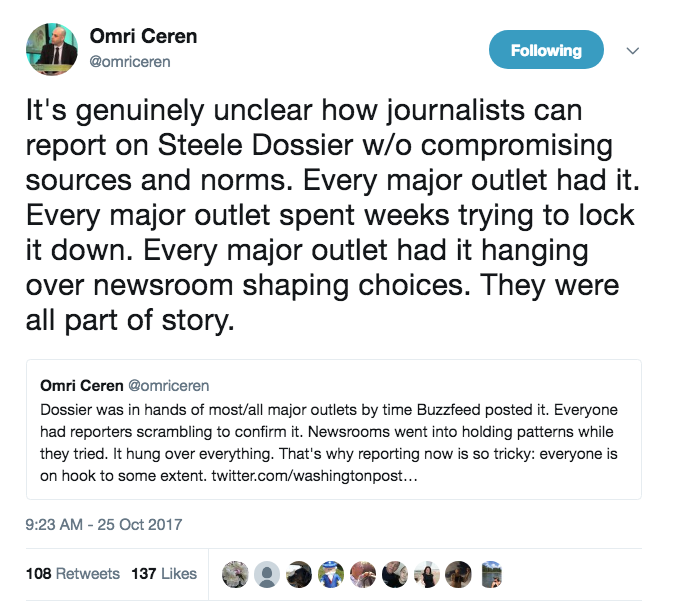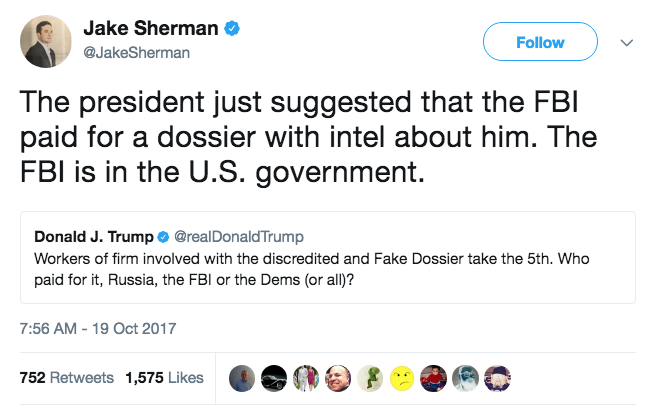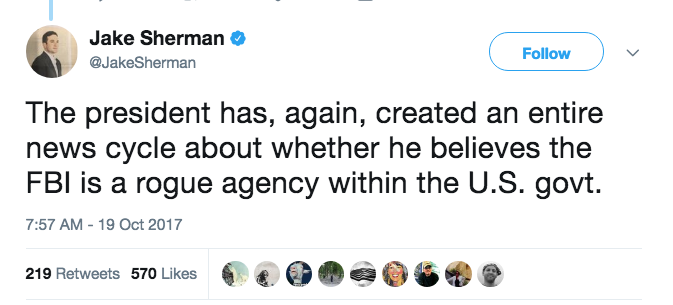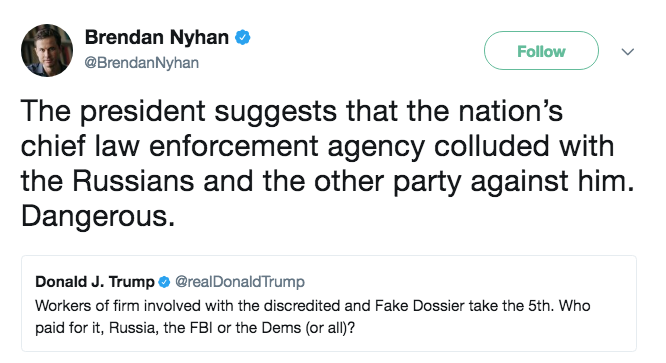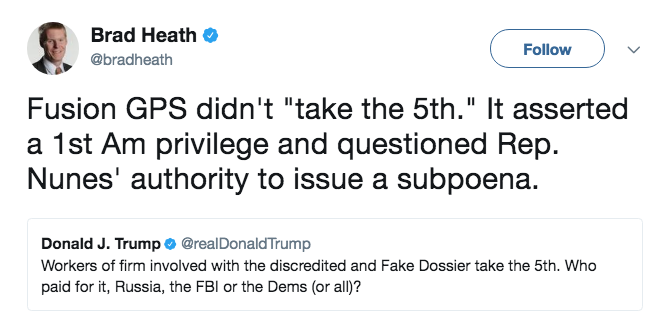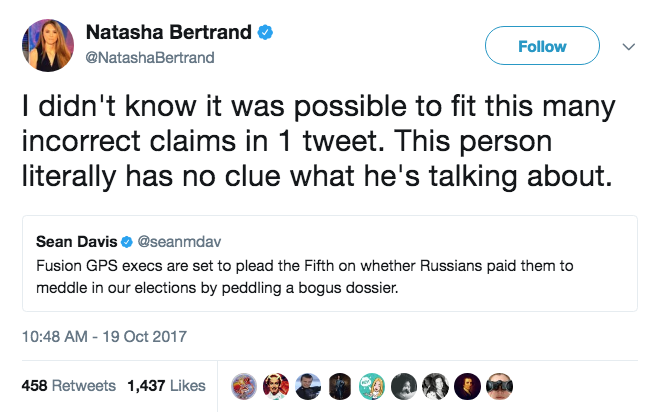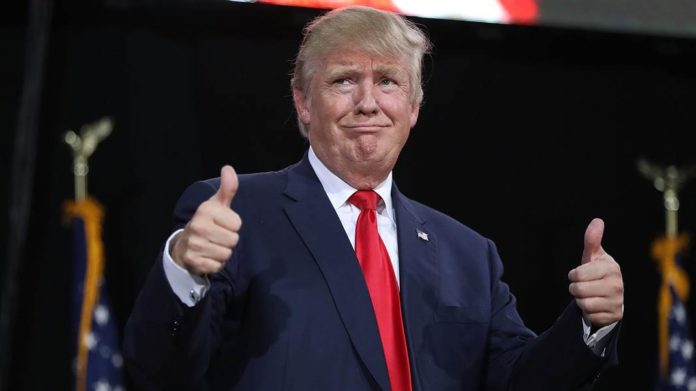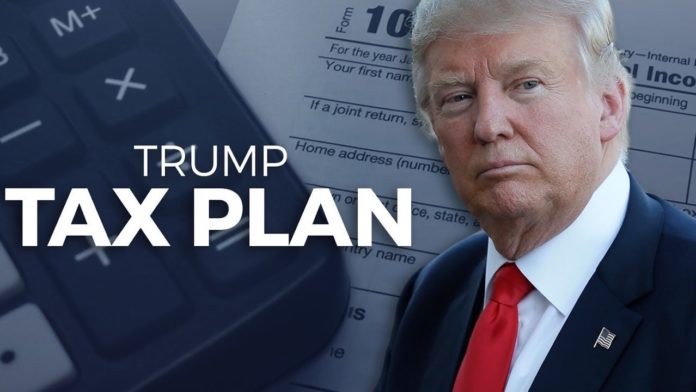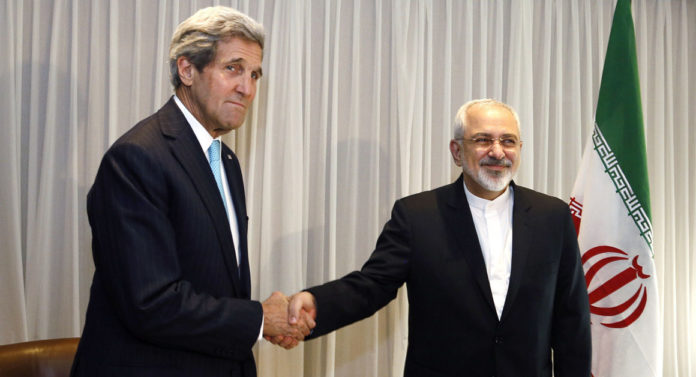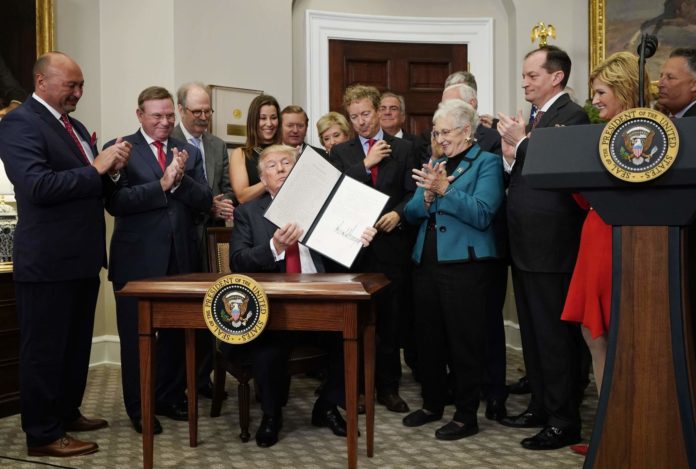At 2 a.m. Saturday morning, America, democracy, and all the “poor” people died, at least to hear the media and liberals tell it. In reality, the Senate barreled toward passing one of the most significant tax reforms in three decades, passing their version by a sliver, 51-49.
The bill is conventional in that it’s neither the best thing since legislation began nor the death knell of all humanity. But that didn’t stop liberals from acting like Republicans had choked them by pushing a 479-page bill down their throats. Here are the ridiculous reactions we’ve seen so far.
1. GOP Is Literally Killing People By Passing a Tax Bill
The tax bills roll back several aspects of the current tax code, eliminating some major tax preferences and limiting others, like the state and local tax deduction. In its current form, the bill drops the corporate tax rate from 35 percent to 20 percent, which is incredible.
This Forbes writer says, “By doubling the standard deduction from $6,350 for single taxpayers/ $12,700 for married filing jointly to $12,400/$24,800, while simultaneously gutting the majority of itemized deductions, it is estimated that roughly 94 percent of taxpayers will claim the standard deduction in 2018.”
Still, some insisted basic procedural changes like this are tantamount to criminal activity, even murder—with a guillotine, no less.
A fairly conventional Republican tax cut will end America and send millions of people to Hell is a neat take you can find on Twitter dot com.
— Ben Domenech (@bdomenech) December 3, 2017
https://twitter.com/tobybot/status/937362982715064321
While lower-income earners can’t get as big a tax rate slash because they pay by far the smallest share of U.S. taxes, and most pay no income taxes at all, other provisions will likely affect them positively. Still:
Dear @SenatorCollins,
This is the port in my chest where my life-saving medications are infused once a month.
The ACA saved my life.
No one in the Senate is able to say definitively that this tax bill won't blow up Medicaid or Medicare.
People will die. (1/)#FridayFeeling pic.twitter.com/oPHxoeeCcd
— Holly Figueroa O'Reilly (@AynRandPaulRyan) December 1, 2017
Ma’am, it’s a tax bill. It doesn’t do anything specifically to Medicaid or Medicare.
Told @SRuhle on @MSNBC this morning: If Republicans pass tax bill, people will die because of the #ACA repeal and our country will be living on a shoe string for decades because of the increase in the deficit.
— Lawrence H. Summers (@LHSummers) November 29, 2017
2. It’s Vile to Let People Keep More of Their Earnings
Under both bills, middle class and rich people will pay less in taxes. This is only a problem if you believe it’s fair to tax them at much higher rates than the rest of the country. Really, breaks for them are a much-deserved respite, as such folks have been paying the most income taxes for decades.
Besides, it’s almost impossible to cut taxes at all without cutting taxes for those who earn more than the national median, as these folks pay nearly all income taxes, period. As this Forbes piece again explains, “Under the Senate bill, the richest 1 percent — those earning more than $700,000 — will enjoy an increase in after-tax income in 2018 of 2.2 percent, and an average savings of $34,000 (by comparison, the middle class will see an increase of 1 percent – 1.5 percent in after-tax income in 2018).”
Naturally, liberals are angry at this slight reprieve in unequal taxation.
I absolutely want revenge on middle-upper class white male Oklahoma suburban Trump voters making $70K in low-tax states, trying to force California to slash our education spending while taking our money. https://t.co/tlUA5Gi0ZI
— David Atkins (@DavidOAtkins) December 2, 2017
Republican tax theory is always, the only way to get $ to middle class is give it to the rich FIRST. We'd love to give U this glass of Tang, so we're funding this rocketship to the moon.
— Bill Maher (@billmaher) December 1, 2017
https://twitter.com/JosephKahn/status/937592818226384896
3. Claiming Jesus Would Hate This Bill
One of the most absurd reactions came from liberals who tout abortion as a pillar of their party yet claim this tax bill doesn’t represent Jesus’ values. It appears that liberals only pull out Jesus’ teachings when it’s a convenient talking point, and ignore him on other points, such as the personhood of the unborn and the immorality of theft.
The US will soon face the consequences of a #TaxBill that takes money from the poor to give to the rich. Those who voted for it will face consequences later, when they are judged. Do you think Jesus's words about being judged on how we care for the poor don't apply? Think again.
— James Martin, SJ (@JamesMartinSJ) December 2, 2017
We are told by Jesus that we will be judged not by our profit margins, our corporate tax rates, or our repeal of healthcare, but how we treat the poor, the sick, and the most vulnerable in society. https://t.co/elL0BFIs9V
— Jim Wallis (@jimwallis) November 28, 2017
FATHER, I thank you for always considering those who are least in the land & have no voice at the tables of men.
Fight against this surreptitious tax reform bill & rebuke its preparers for their unfair agenda.
In Jesus name. AMEN.
— Hart Ramsey (@hartramsey) December 3, 2017
4. Taking Less of People’s Earnings Is ‘Theft’
It’s not clear how freeing up some of the hard-earned cash Americans who fall into specific tax brackets earn robs other people of funds, but according to some people, it does. So either math is hard or it’s just easier to spew nonsense than understand basic economics. The tax bill is a lot of things, and it certainly isn’t perfect, but thievery is an overdramatic and just plain false charge.
See, this is what I mean about “the America we knew is gone.” It shouldn’t matter that *I* keep more money. It should matter that *this* guy doesn’t get crushed. America isn’t “every man for himself.” Help out if you can. https://t.co/qSp10SclL8
— Patton Oswalt (@pattonoswalt) December 3, 2017
God damn it, reporters. STOP framing the tax bill as a fight between two equal sides. @npr just had "Democrats say it hurts the middle class" and helps the rich.
ALL analysis, including JCT which is overseen by Rs, says this.
This, simply, IS a transfer from poor to rich.
— Adam Davidson (@adamdavidson) December 3, 2017
5. We’re No Longer A Democracy Because Representatives Passed Bills
For the party that hardly seems to understand what democracy, means let alone appreciate this form of government, it’s bizarre to see liberals insist that duly elected representatives passing a bill with far fewer shenanigans than passing the sacrosanct Obamacare is somehow undemocratic.
Sometimes it’s hard to know what to do after a loss. Not this time.
This tax bill is only going to get worse as people learn more about it. There are 6 GOP Senators that have to run on it & 2 open seats in 2018. We all need to get to work.— Hillary Clinton (@HillaryClinton) December 2, 2017
If I handed in a 500 page script with notes scribbled on every page it would take someone 3 weeks to even read. The tax bill that will affect all of us for the rest of our lives was exactly that and approved in one hour at 2:00 a.m. Shame on you who represent us.
— Albert Brooks (@AlbertBrooks) December 3, 2017
https://twitter.com/RonCharles/status/936767758087442432
Ultimately, the project of the Republican tax bill is to shift our country away from representative democracy. They are trying to create a society of an elite few and a desperate many. pic.twitter.com/BRxUfbkqlC
— Keith Ellison (@keithellison) December 1, 2017

